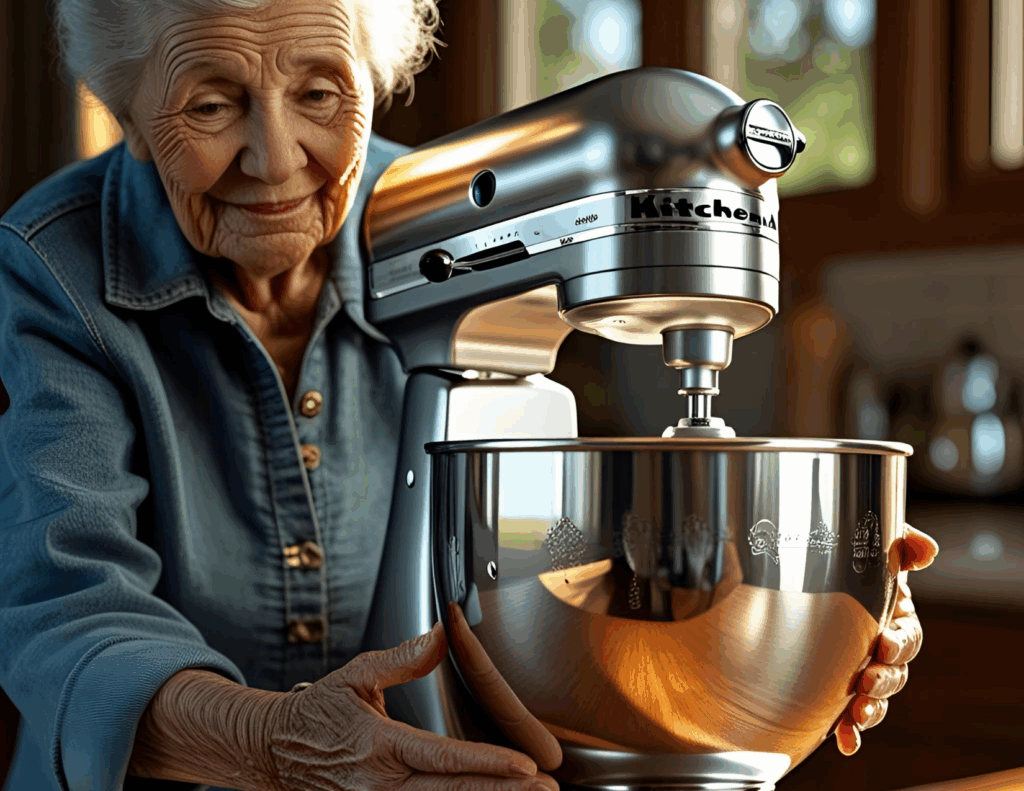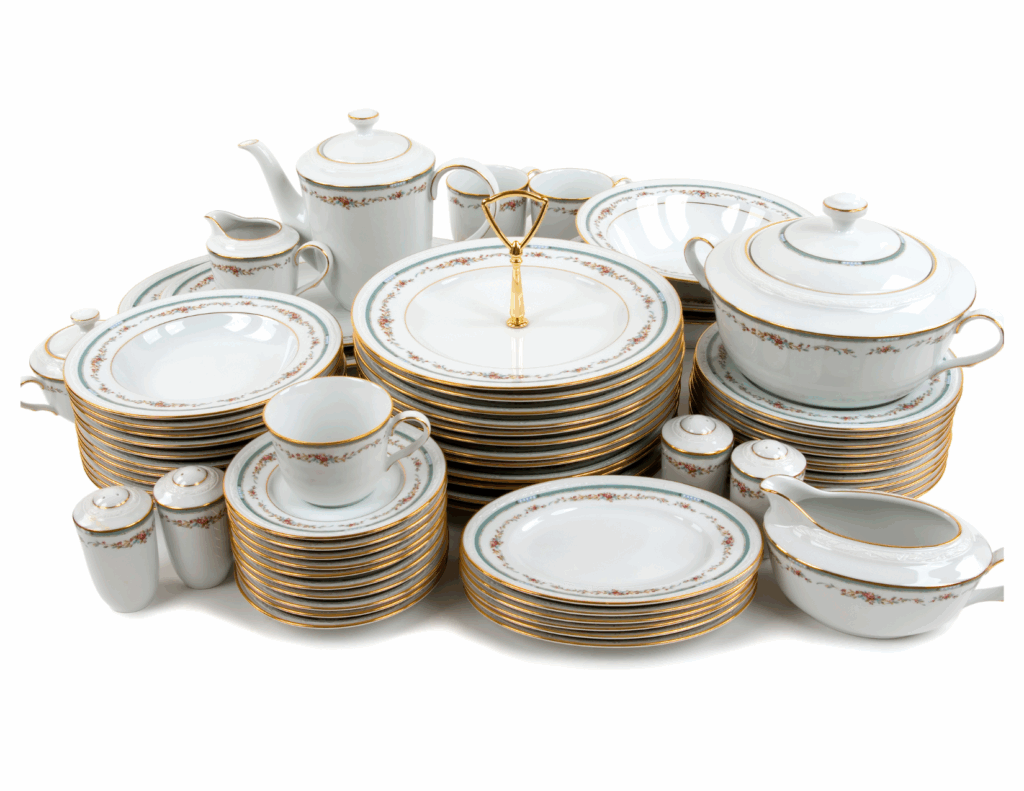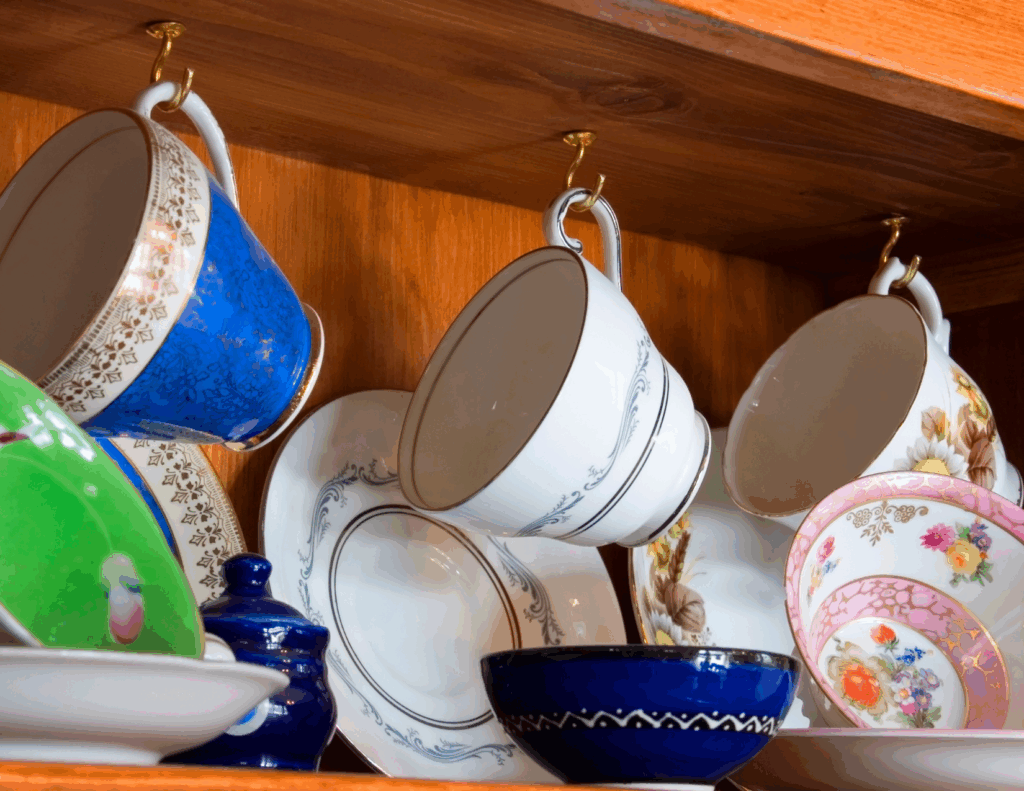
Have you ever held onto something you never use simply because it used to cost a lot of money? You’re not alone.
In the homes of aging adults, behind closet doors and tucked into attic corners, are items kept not because they’re needed—but because of the stories we tell ourselves. As a home organizer who walks alongside families in transition, I’ve heard them all:
- “I can’t get rid of that—it was expensive.”
- “I might need it someday.”
- “My kids might want this.”
- “Letting this go would feel like I’m giving up.”

But here’s the thing—these aren’t truths. These are emotional speed bumps that slow us down, paralyze decision-making, and keep us tethered to clutter that doesn’t serve our lives anymore.
Let’s look at some of the most common lies we tell ourselves when we declutter, and the freeing truths we can replace them with.
Lie #1: “I spent good money on that.”
This is probably the most common barrier I see. Whether it’s an outdated bread machine, an unopened set of fine china, or a designer handbag collecting dust—many of us hold on because the price tag still echoes in our ears.

The Truth:
The money is already gone. Holding onto the item doesn’t bring it back—it only holds you back. The real question is: Is this item adding value to my life now? If not, its cost has become a burden, not an investment.
Encouragement:
Give that item the chance to serve someone else. Donating or selling it allows it to have a second life, which honors the purchase more than letting it sit in a closet for another decade. You’re not discarding the memory—you’re releasing the weight.
Lie #2: “I might need it someday.”
This one sneaks in quietly. It’s rooted in fear. Fear of lack. Fear of needing help. Fear of not being prepared.

The Truth:
In many cases, if you haven’t used it in the last year—or decade—you probably won’t. And if that “someday” does come? You’ll likely have better options, different needs, or updated technology by then.
Encouragement:
Trust that your future needs can be met without hanging onto things that clutter your present. Releasing these items is an act of faith in your ability to adapt and care for yourself moving forward.
Lie #3: “My kids might want this.”
This comes from a generous place—you want to pass down what mattered to you. But the reality? Adult children often live with different styles, smaller spaces, and less attachment to the “stuff” their parents cherished.

The Truth:
Your kids love you more than your things. While there may be a few sentimental treasures they’ll want, much of what you’ve saved will go unclaimed.
Encouragement:
Instead of assuming—ask. Invite your children to walk through the house with you, and let them choose what they’d truly love to keep. This can be a beautiful shared experience rather than a burden left behind later.
Lie #4: “Letting this go means I’m giving up.”
This is where the heartstrings really pull. I’ve worked with aging adults who feel that downsizing or decluttering is a sign of decline—as if letting go of things means letting go of a vibrant, meaningful life.

The Truth:
Letting go is not giving up. It’s growing forward. It’s reclaiming your space and energy so you can live fully in the present. Your worth isn’t in what you keep—it’s in who you are.
Encouragement:
Every item you release is an act of strength and self-awareness. It’s a conscious step toward peace, mobility, safety, and simplicity—all vital ingredients for aging with grace.
A Real-Life Story: Dorothy’s Dining Room
Dorothy was 84, living alone in a lovely home she and her late husband had shared for 50 years. Her formal dining room had a massive china cabinet filled with heirloom dishes she hadn’t touched since her children’s weddings. “They were expensive,” she said. “And I just can’t throw them out.”
Instead of pressuring her, we talked about what those dishes represented. Family. Celebration. Togetherness. But Dorothy’s children lived across the country, and she admitted she hadn’t hosted a dinner in years.

We set aside one set of dessert plates and teacups that she loved. The rest? She donated them to a local nonprofit that helps young couples furnish their first homes. Her eyes lit up: “Now someone else can make memories with them, like I did.”
Dorothy didn’t lose anything that day. She gained a cozy reading nook where that china cabinet once stood.
Final Thoughts
The lies we tell ourselves during the decluttering process are often rooted in guilt, fear, or nostalgia. But here’s what’s more powerful: the truth that you deserve to live in a space that supports who you are now. Not who you were 30 years ago. Not who you might be one day.

Letting go doesn’t erase the past—it honors it. And it opens the door for a simpler, more intentional future.
What would your home feel like if you surrounded yourself only with things that serve, support, and inspire the life you want now?
In your corner,

Allison and the KHO Team
Additional Resources on This Topic:
If this post content has been helpful to you and you know someone else who would benefit from this content, would you please share it using the options below? Sharing is such a simple way to spread a little encouragement!
